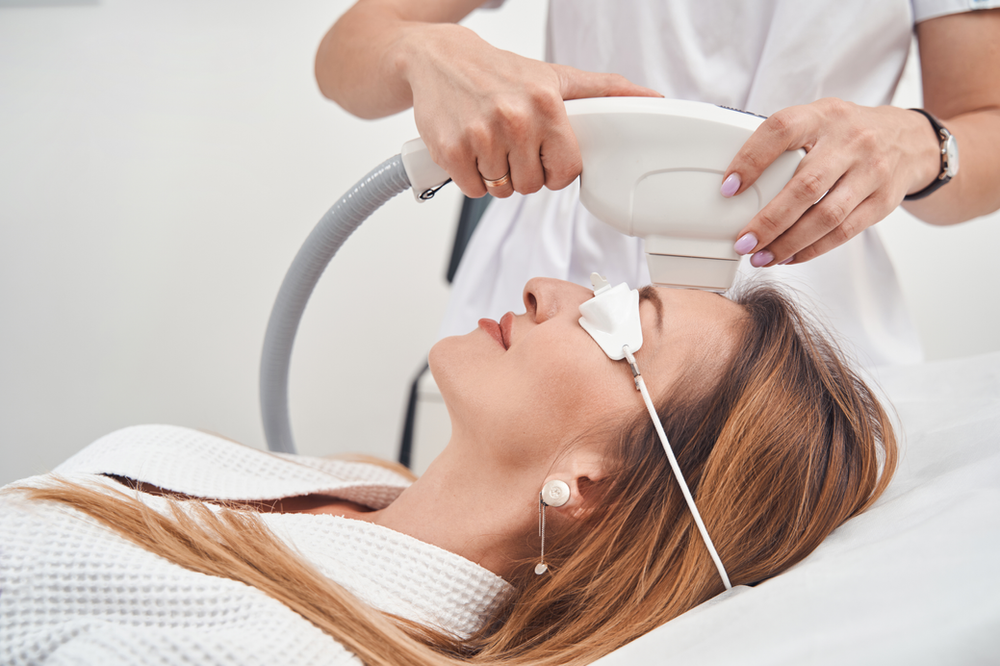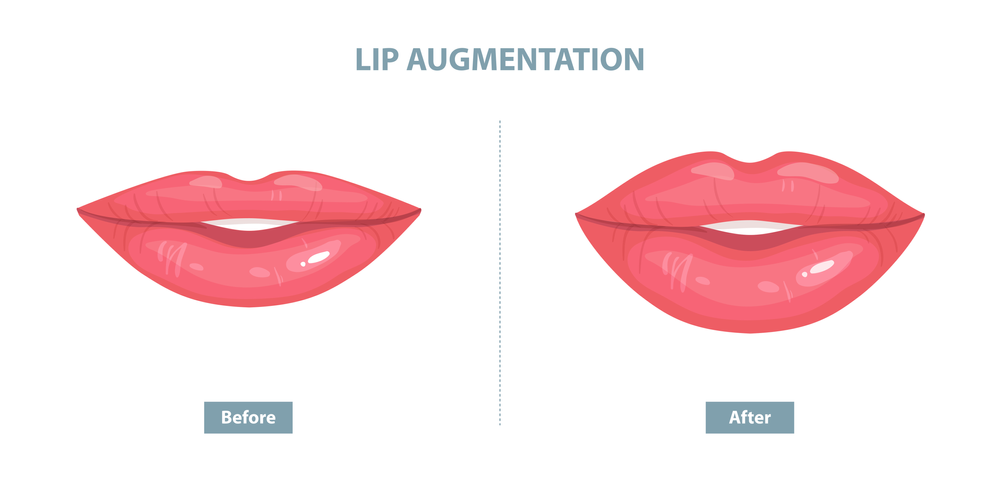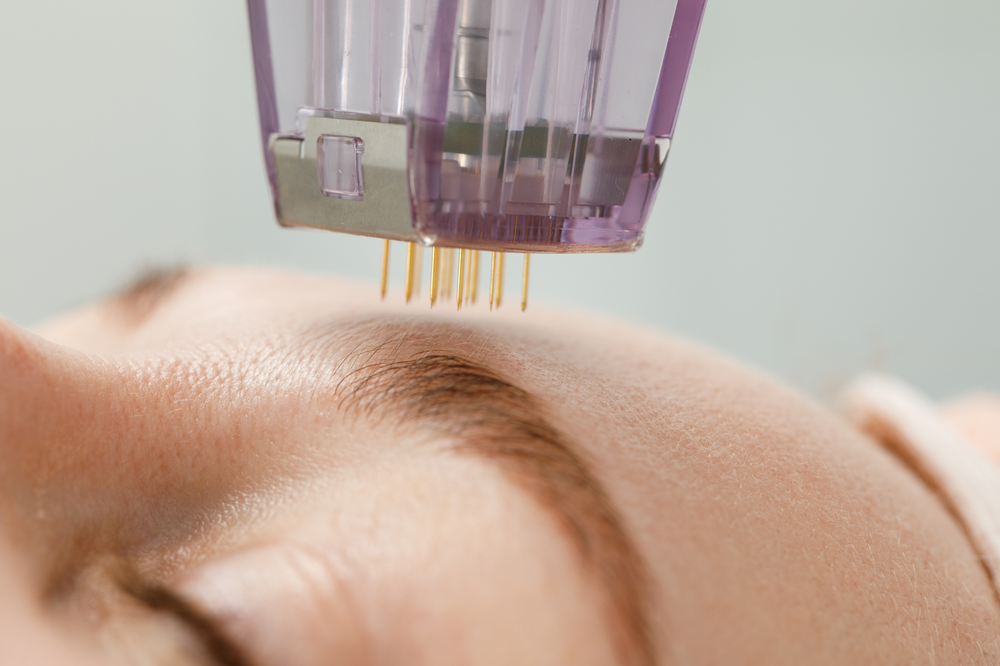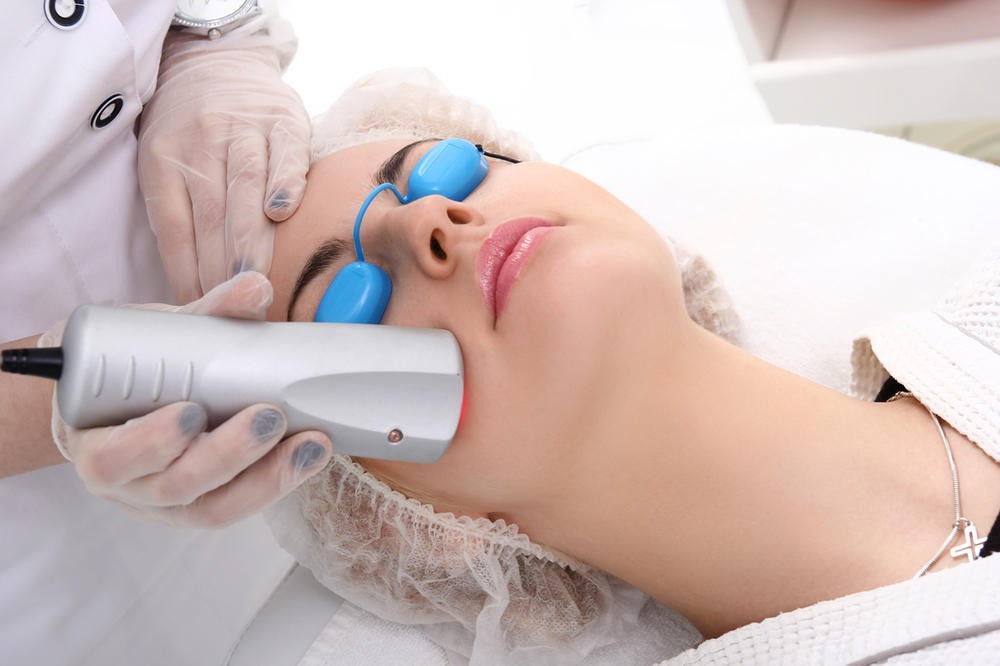Exploring Tattoo Removal: Understanding Your Options
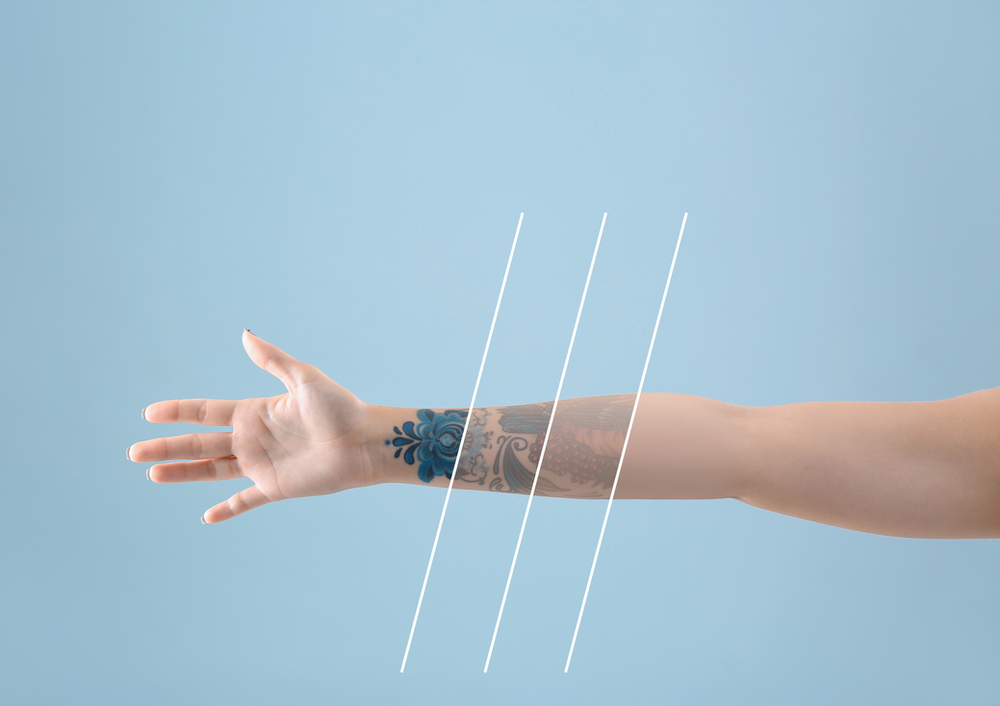
Can Tattoo Be Removed: Delving into Laser Tattoo Removal and More
Tattoos are a form of self-expression, but what if you find yourself regretting the ink etched into your skin? The good news is, advancements in technology have made tattoo removal more effective than ever before. Let's dive into the world of tattoo removal and explore the various methods available.
Understanding Laser Tattoo Removal
Laser Tattoo Removal: A Breakthrough in Erasing that Unwanted Tattoo
Laser tattoo removal stands out as one of the most popular and effective methods for removing tattoos. Laser treatment involves using high-intensity laser beams to break down the tattoo ink particles beneath the skin. As the ink particles are shattered, the immune system works to flush them out gradually, resulting in the fading and eventual removal of the tattoo.

The Process of Laser Tattoo Removal
How do laser treatments work?
During a laser tattoo removal session, the laser is precisely targeted at the tattooed area, ensuring minimal damage to the surrounding skin. The number of laser treatment sessions required depends on various factors, including the size, color, and age of the tattoo, as well as the individual's skin type.
Exploring Alternative Tattoo Removal Methods
Beyond Laser: Exploring Alternative Options
While laser tattoo removal is highly effective, it's not the only option available. Other methods include surgical excision, tattoo removal creams, peels, and intense pulsed light therapy. Each method comes with its own set of benefits and considerations, making it essential to consult with a qualified medical professional to determine how many sessions will be needed.
Factors to Consider Before Undergoing Tattoo Removal
Important Considerations
Before opting for specific tattoo removal procedures, it's crucial to consider factors such as skin pigment, tattoo size and colorful tattoos, as well as the potential risks and side effects associated with each removal method. Additionally, individuals with darker skin tones may require specialized treatment to avoid complications such as skin discoloration or scarring.
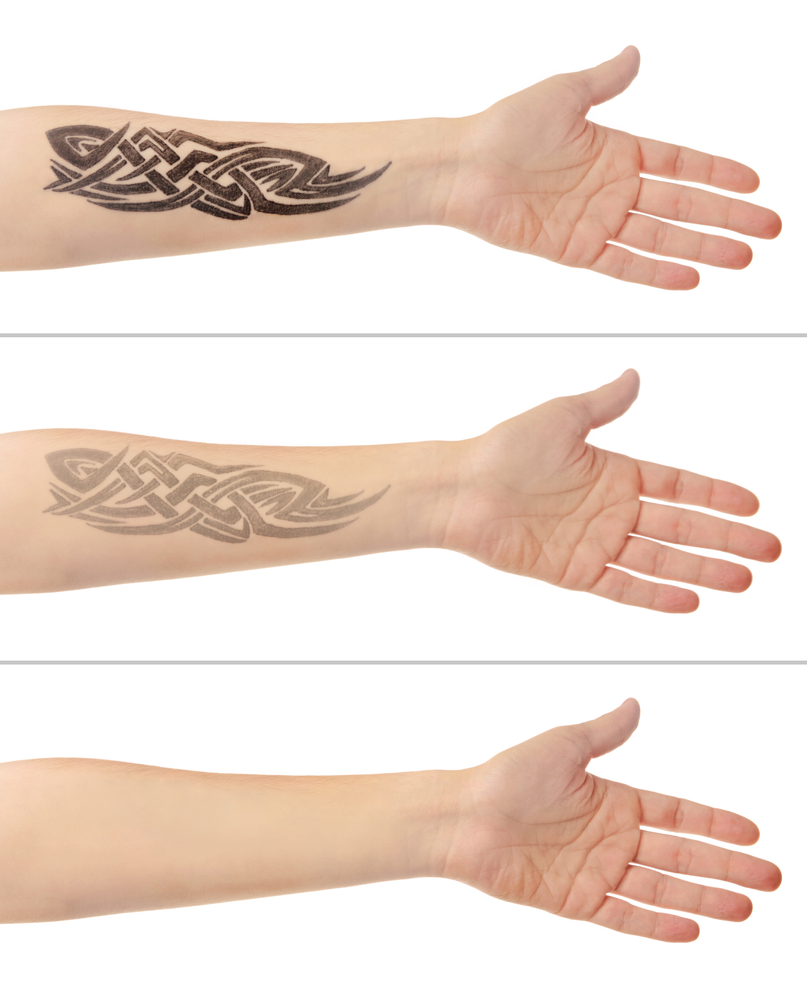
The Importance of Professional Guidance
Consulting with a Tattoo Removal Specialist
Seeking guidance from a qualified tattoo removal specialist is essential to ensure safe and effective treatment for complete tattoo removal. These professionals can assess your unique situation and recommend the most appropriate removal method based on your individual needs and preferences.
While tattoos are intended to be permanent, advancements in tattoo removal technology have made it possible to undo unwanted ink. Whether you're looking to remove a small tattoo or completely erase a larger design, exploring your options and consulting with a qualified professional is the first step towards achieving the results you desire.
Remember, the decision to remove a tattoo is personal, and it's essential to approach the process with patience, realistic expectations of tattoo removal sessions, and professional guidance every step of the way. With the right approach, you can bid farewell to unwanted ink and embrace a fresh canvas.
By understanding the intricacies of tattoo removal and exploring the available options, you can embark on a journey towards reclaiming control over your body and expressing yourself in a way that truly reflects who you are.
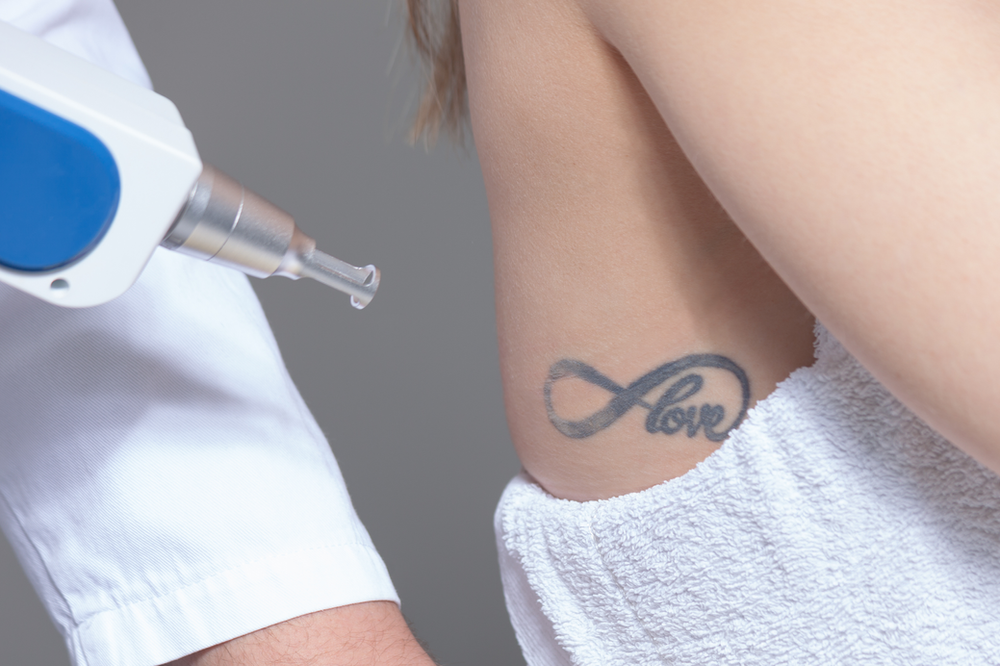
Laser procedure for Tattoo Ink
Laser therapy, a widely utilized method in contemporary medicine and aesthetics, involves the targeted use of intense beams of light to eliminate unwanted hair, tattoos, or skin imperfections. A laser treatment session is a sophisticated procedure operates on the principle of selective photothermolysis, where the laser's wavelength targets specific chromophores within the skin, such as melanin or ink particles, while minimizing damage to surrounding tissues. In hair removal, the laser energy penetrates the hair follicles, heating them and inhibiting future hair growth, offering a long-term solution for individuals seeking smoother skin. Similarly, in tattoo removal, the laser breaks down the pigments into smaller particles.
The popularity of laser removal stems from its effectiveness, precision to remove unwanted tattoos. With advancements in laser technology, practitioners can tailor treatments to various skin types and conditions, minimizing discomfort and maximizing outcomes. While laser removal procedures require multiple sessions for optimal results, patients often experience minimal downtime, making it a convenient choice for those with busy lifestyles. Laser treatment goes beyond cosmetic applications, with emerging uses in medical fields such as dermatology and ophthalmology, showcasing the diverse potential of this innovative technology in improving health and well-being.
What is the process of a laser tattoo removal procedure?
The process of laser tattoo removal involves several stages aimed at gradually fading or eliminating the pigment from the skin. Initially, the practitioner assesses the tattoo's size, color, depth, and the patient's skin type to determine the most suitable laser and treatment parameters. A numbing cream may be applied to the treatment site prior to the laser treatment. During the procedure, the laser emits intense pulses of light to the tattooed skin.
The laser tattoo removal procedure typically requires multiple sessions spaced several weeks apart to allow the skin to heal and to flush out the fragmented pigment particles. Patients may experience discomfort during the procedure, often described as similar to the sensation of a rubber band snapping against the skin. After each session, the treated area may appear red, swollen, or blistered temporarily, and proper post-treatment care, such as keeping the area clean and protected from sunlight, is essential to promote healing and prevent complications.
Over the course of multiple sessions, the tattoo gradually fades. The success of laser tattoo removal depends on various factors, including the tattoo's size, ink colors, age, and the patient's skin type and ability to heal.
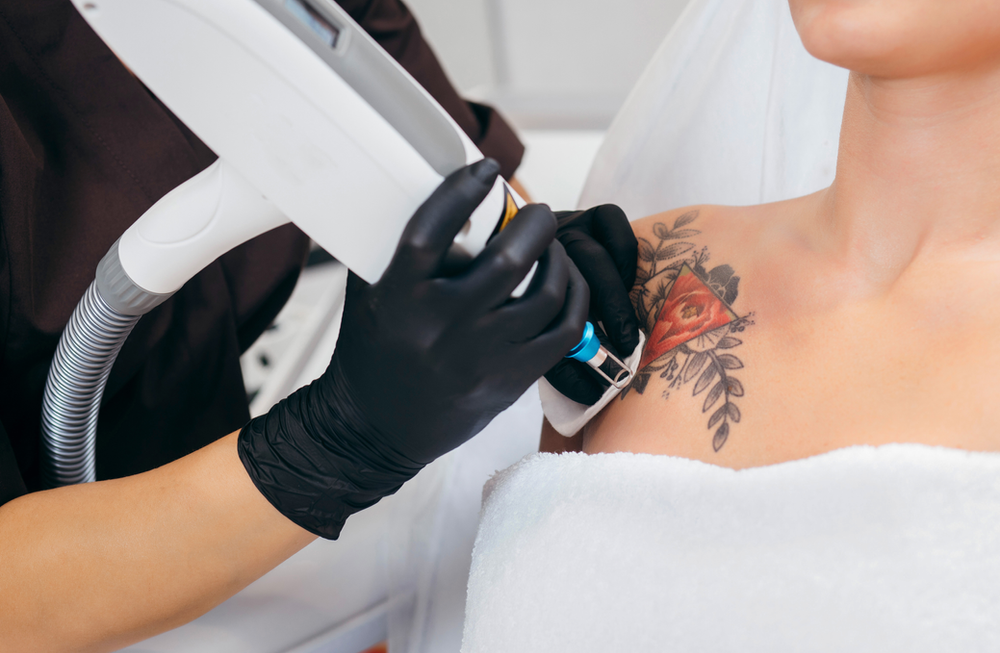
Chemical peels for the unwanted tattoo
Chemical peels for tattoos involve the application of specialized chemical solutions to the skin surface with the aim of gradually fading or removing the pigment. Unlike laser tattoo removal, which targets the pigment with intense light energy, peels work by exfoliating the top layers of the skin, causing the tattoo pigment to fade over time. The chemical solution used in the peel penetrates the skin, causing controlled damage to the outer layers and stimulating the body's natural healing response. An allergic reaction may occur and it's always best to seek medical treatment.
While peels can be effective for certain types of tattoos, they are generally less predictable and may not produce as consistent results as laser tattoo removal. The success of peels depends on factors such as the tattoo's depth, color, and the patient's skin type and sensitivity. Additionally, peels may carry a higher risk of complications such as scarring, hyperpigmentation, or allergic reactions compared to laser tattoo removal. It's essential for individuals considering peels for tattoo removal to consult with a qualified dermatologist or skincare professional to discuss the potential risks and benefits and determine the most suitable treatment approach based on their unique circumstances.
Why does it take more than one session to remove a tattoo with laser tattoo removal?
Laser tattoo removal typically requires multiple sessions due to the complex nature of tattoo pigments and the body's natural healing processes. Tattoos consist of various colors and depths of ink particles, each of which absorbs laser light differently. During the initial laser session, the energy targets and breaks down some of the ink particles into smaller fragments.
Furthermore, the effectiveness of laser tattoo removal varies based on factors such as the size, color, and location of the tattoo, as well as the individual's skin type and immune response. Darker and more complex tattoos may require additional sessions compared to lighter or simpler designs. Additionally, allowing sufficient time between sessions gives the skin an opportunity to heal and reduces the risk of adverse effects such as scarring or changes in pigmentation. While laser tattoo removal requires patience and commitment, it remains one of the most effective methods for safely and gradually removing unwanted tattoos with minimal risk to the surrounding skin.
What are the types of tattoo removal?
Tattoo removal techniques have evolved over time, offering individuals various options to eliminate unwanted tattoos. The primary types of tattoo removal methods include laser removal, surgical excision, dermabrasion, and chemical peels. Laser removal is the most common and widely used method, involving the use of high-intensity laser beams to break down tattoo pigments into smaller particles, which are then naturally eliminated by the body's immune system over time. This method is effective for most tattoo colors and typically requires multiple sessions for optimal results.
Surgical excision entails physically cutting out the tattooed skin and stitching the remaining skin together. While this method offers immediate results, it may result in scarring and is generally reserved for smaller tattoos. Dermabrasion involves using a rotating device with abrasive materials to remove the top layers of the skin, gradually fading the tattoo. Chemical peels, on the other hand, utilize specialized solutions to exfoliate the skin and fade the tattoo pigment over time. However, these methods are less commonly used today due to their higher risk of scarring and uneven results compared to laser removal. The choice of tattoo removal method depends on various factors, including the size, color, and depth of the tattoo ink, as well as the individual's skin type and desired outcome. Consulting with a qualified dermatologist or tattoo removal specialist can help determine the most suitable approach based on individual circumstances and preferences.
Can I remove tattoo ink at home?
Removing a tattoo at home is not recommended due to the potential risks and limitations associated with DIY methods especially with darker skin. While there are various products and techniques marketed for at-home tattoo removal, they often lack the effectiveness and safety assurances provided by professional removal procedures. Attempting to remove a tattoo at home can lead to adverse effects such as scarring, infection, pigmentation changes, and incomplete removal of the pigment.
Some of the common DIY methods for tattoo removal include creams, lotions, and home tattoo removal kits. These products typically claim to fade or eliminate tattoos through chemical reactions or abrasive ingredients. However, their efficacy is often questionable, and they may cause more harm than good when used improperly. Without the expertise and precision of a trained professional, individuals attempting at-home tattoo removal may risk damaging their skin and worsening the appearance of the tattoo.
It's crucial to understand that removing a tattoo is a complex process that requires specialized knowledge, equipment, and techniques. Professional tattoo removal clinics employ trained practitioners who use advanced technologies such as lasers to safely and effectively remove tattoos with minimal risk of complications. Before considering tattoo removal, individuals should consult with a qualified dermatologist or tattoo removal specialist to discuss their options and develop a personalized treatment plan tailored to their needs and skin type. Investing in professional tattoo removal ensures the best possible outcome and reduces the likelihood of experiencing adverse effects associated with DIY methods.
How long does tattoo removal take?
The duration of tattoo removal varies depending on several factors, including the size, color, complexity, and age of the tattoo, as well as the individual's skin type and response to treatment. In general, tattoo removal is a gradual process that typically requires multiple sessions spaced several weeks apart to achieve optimal results. Each session usually lasts between 15 minutes to an hour, depending on the size and complexity of the tattoo being treated.
Tattoo removal, the most common method used by professionals, works by delivering pulses of high-intensity light energy to break down the pigment into smaller particles, which are then naturally eliminated by the body's immune system. While some tattoos may show significant fading after just a few sessions, complete removal often requires six to twelve sessions or more, especially for larger or more intricate designs.
The time between sessions allows the skin to heal and the immune system to flush out the fragmented pigment particles. Additionally, the interval gives the skin time to recover and reduces the risk of adverse effects such as scarring or changes in pigmentation. Patience and commitment are key during the tattoo removal process, as results may not be immediately noticeable, and complete removal may take several months to over a year to achieve. Consulting with a qualified dermatologist or tattoo removal specialist can help individuals understand the expected timeline for their specific tattoo and develop a treatment plan tailored to their needs and goals.
Visit Visage Laser and Skin Care for all your tattoo removal options.

